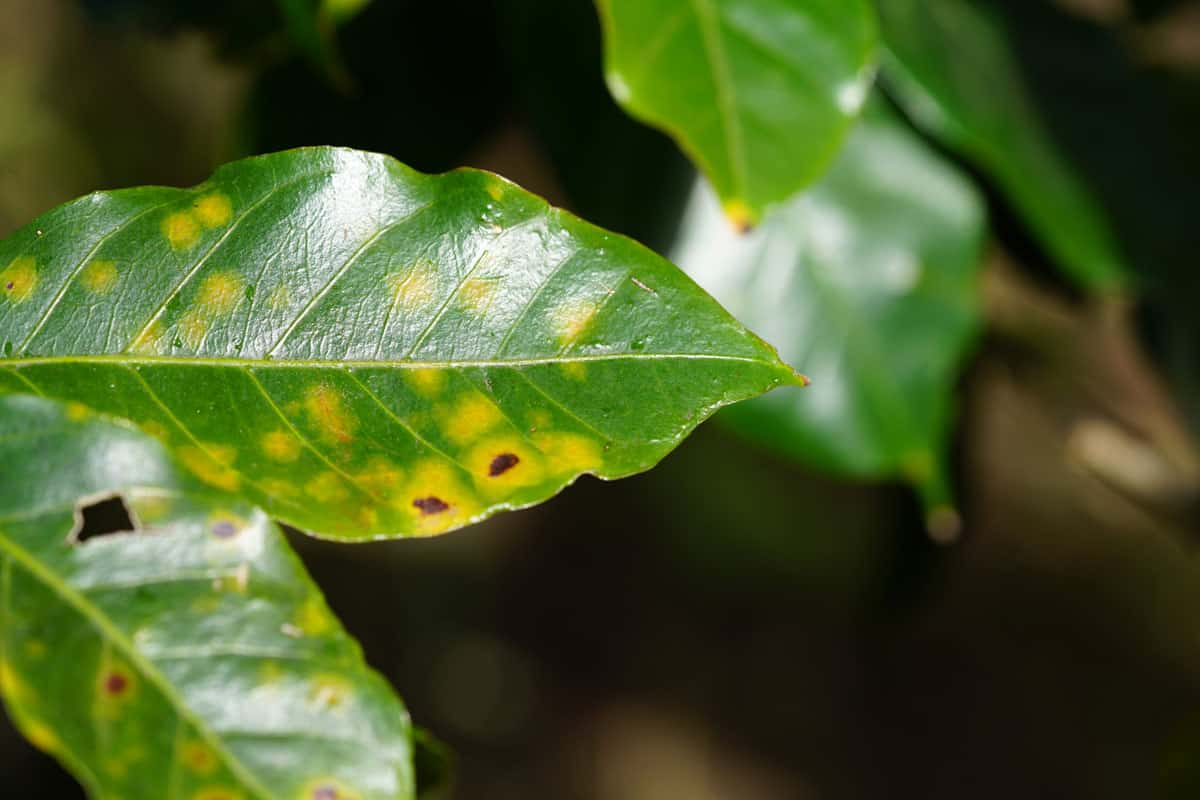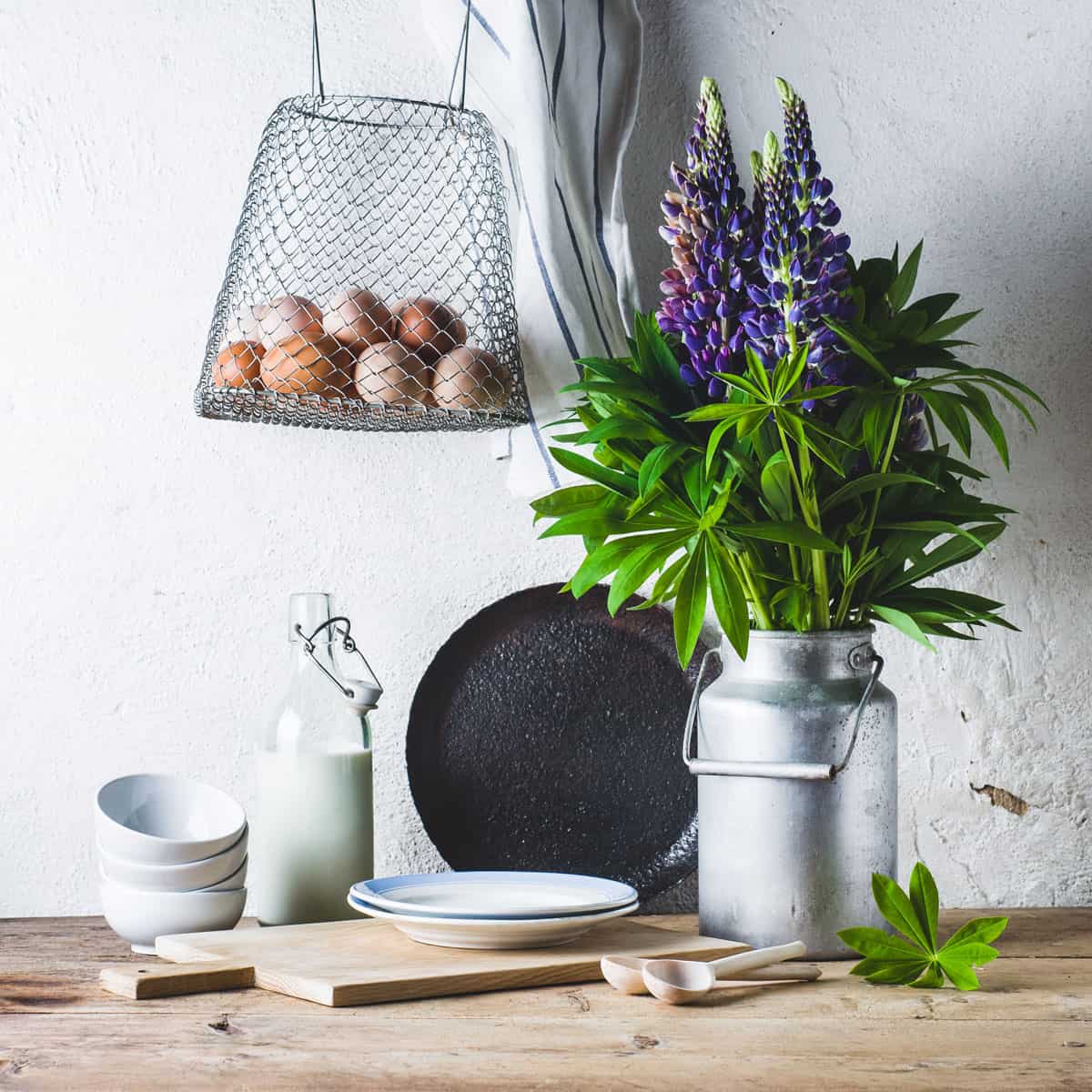Lupins are popular garden plants with attractive, densely packed flower spikes that come in different vibrant colors. Known for its various uses, the plant requires proper care and maintenance to thrive. We have researched every relevant information that you need to know about lupins.
The main reason lupins wilt and die is root rot caused by overwatering. Diseases and infestation can also affect the plant, which leads to the same result.
Lupins are a popular choice for garden plants due to their attractive and colorful flowers. They are susceptible to certain factors and conditions that result in wilting and death. This article will help you identify the early symptoms, causes, and ways to save your plant.

Lupins: An Overview
Lupins, also referred to as Lupine or Bluebonnet, are perennials in various shapes, sizes, and flower colors. Their flower spikes are a cluster of individual pea-shaped buds with pronounced hues of multiple shades such as pink, red, blue, purple, and white.
The plant is widely cultivated because of its culinary, agricultural, and ornamental uses.
It also serves as natural food for various pollinators such as bees and butterflies. Growing one can surely provide support for our pollinating insects.
There are two types of lupins - Border and Tree lupins. The former generally consists of vibrant flower colors with various shades and is a perennial that dies during winter but grows back in spring. A few varieties are annual plants that only last for a year.
Tree lupins are evergreen shrubs with deep green foliage and yellow flowers. It reaches a height of 2 meters, but it usually only grows up to 1.5 meters tall.
Why Are My Lupins Wilting And Dying?
There are many reasons your lupins will wilt and die.
Let's discuss each of them in further detail below:
Root Rot
Root rot refers to a critical condition that involves the root system and prevents it from supporting the entire plant. The main reason it occurs is overwatering; the roots drown and die.
Densely packed soil and poor drainage also lead to root rot since water is retained for prolonged periods. Excessive moisture also creates soil conditions that encourage fungal infection and disease.
Wilting and yellowing leaves are usually the first sign of root rot. They initially appear as random spots along the surface and develop into brown, more pronounced discoloration. Eventually, the leaves wither and fall off.
If an otherwise healthy plant stops growing, produces fewer or no flowers, and exhibits thinning foliage, root rot is also the most probable cause.

If you haven't watered your plant in a while, but the soil remains wet, poor drainage will result in the abovementioned conditions.
To address the problem and prevent it from worsening, carefully remove the plant from the soil and inspect the root system to assess its condition. Take off the affected portions and replant your lupin in fresh, properly draining, and nutrient-rich soil.
To prevent root rot, water your plant only as needed, a clear indicator that the top inch and a half of your soil are dry.
Do not attempt to compensate for the recovery of the plant by applying too much fertilizer. New root growth is sensitive to excess minerals, so fertilize sparingly.
Brown Spot Disease

Brown spot disease is a plant fungal infection caused by excessive moisture and poor circulation. Overwatering may lead to the said conditions that increase the presence of parasites.
Soil moisture, humid weather, and constantly wet plant foliage attract fungi and can spread rapidly.
Sporulation, the fungal method of reproduction, causes brown spots that form on the leaf surfaces, stems, and pods.
Eventually, they develop into blotches that infect the neighboring leaves that wilt and fall over time. If the disease remains unchecked, adjacent growths may be contaminated, and the whole plant may die.
Isolate affected plants and prune the discolored leaves as soon as you notice the spots. Spraying a mild solution of baking soda provides a safe, traditional remedy.
Water the soil but not the flowers and foliage to prevent fungal infestation. Hydrate early in the morning, so the moisture evaporates later in the day.
Anthracnose

Anthracnose is another type of fungal disease that infect shoots and develops structures. Small black or brown spots appear on the leaves and cause them to curl and distort.
Infected leaves fall prematurely, and the plant may be totally defoliated in advanced cases. If detected early in its onset, cut off the infected leaves and burn or bury them away from the plants.
The fungi produce large amounts of spores which spread by water splashing during rain or irrigation. If moist conditions prevail, adjoining plants may be contaminated and diseased.
For emphasis, water the soil and not the flowers and foliage.
Copper-based fungicides are available to prevent infection of susceptible plants and are best applied right before the rainy season.
Aphids

Aphids are small insects that feed on plant sap and are among the most destructive pests of plants, trees, and crops.
They cling to the stems and leaves and damage your lupins when they suck out the plant sap. Worse, they excrete honeydew which attracts fungi and other pests.
The first sign and indication of an aphid infestation is leaf curling, while severe cases cause poor production or total loss of flowers.
Spray off all plant parts to eliminate the aphids and follow up with neem oil treatment weekly until the infestation is controlled.
Oils kill primarily by drowning and smothering the aphids, so a thorough application of the infested foliage and nearby plants is needed.
Mildew

Mildew is a fungus that affects a wide variety of plant species. It appears as light grey or white powdery spots usually found underneath leaves, flowers, and stems.
They thrive in warm and dry environments along with climates with high humidity levels. Lack of sunlight exposure and poor air circulation also cause mildew.
Infections result in leaf discoloration and wilting, slow growth and bloomless plants. It spreads through water splashes.
In advanced cases, immediately prune the infected leaves, then dispose of them properly. Spray a solution of baking soda or milk mixed with water on the remaining foliage affected with mildew.
General Care Tips For Lupins

Watering
Newly planted lupins are required to be watered regularly, particularly amidst dry spells. Once mature, established, and fully grown, they can withstand drought unless exposed to intense summer heat.
If grown in a pot, water the plant often, as well-draining soil is used. Do not let your lupin sit in the wet and soggy potting mix; however, they do not thrive well in completely parched soil.
Ideally, water them every three to four days or once a week, depending on the climate and moisture content of the mix.
Light
Since lupin is a flowering plant, it requires ample sunlight exposure. In warmer regions, partial shade or filtered light is recommended, mainly because the full sun can scorch or burn the foliage.
In colder climates, place your lupin in areas where it can be exposed to natural light for a few hours a day.
Soil
Lupins generally need well-draining and slightly acidic to neutralize the soil.
It does not do well in areas where the pH level is alkaline. Do not place them in loamy and clay ground because these soil types are not porous, meaning they do not drain properly.
Fertilizer
Lupins are natural nitrogen-fixing plants and generally survive in soils with low nitrogen. They do not necessarily require organic materials since they prefer to be planted in soils with low nutrient content.
An exception is when flowering is generally poor and slow. If this happens, invest in a potassium-rich fertilizer with low nitrogen and phosphorus, such as Vitax Q4 or Phostrogen.
Temperature
Lupins originated in the Mediterranean, and as such, they prefer temperatures ranging between 68 to 86 degrees Fahrenheit. While this is the case, most perennial species can withstand overwintering, not below 4 degrees Fahrenheit.
Do Lupins Do Well In Pots?

Lupins can be planted in pots. However, they grow larger and healthier when directly placed in the ground. Some species, such as dwarf or annual lupins, are better suited in pots.
Container gardening is an option if the dimensions are large enough to accommodate a fully grown or mature plant and the potting mix is porous and well-draining.
To Wrap Up

Lupins are sensitive to overwatering because they may develop root decay and fungal diseases. That said, proper care and maintenance are essential to growth and development. We hope you have found this article insightful and that it answered all your questions.
Want to check out more articles? Here are some we think you'll like:

